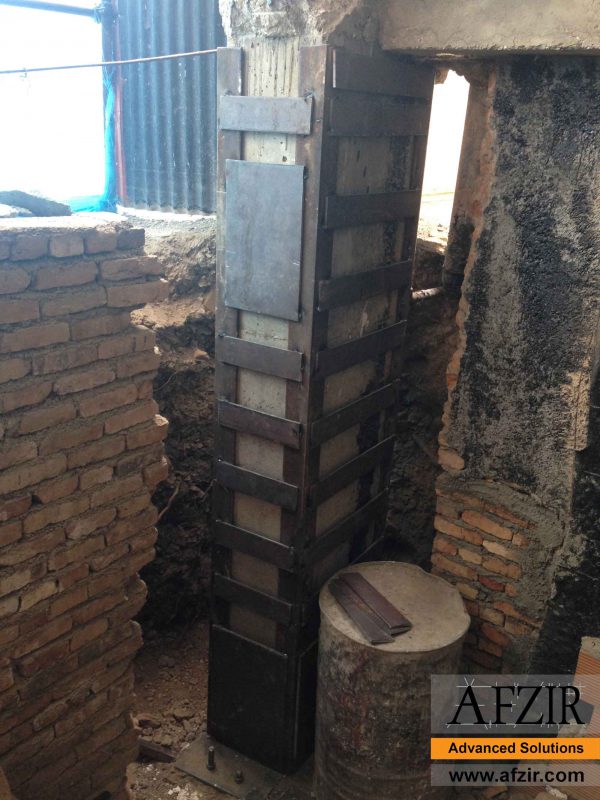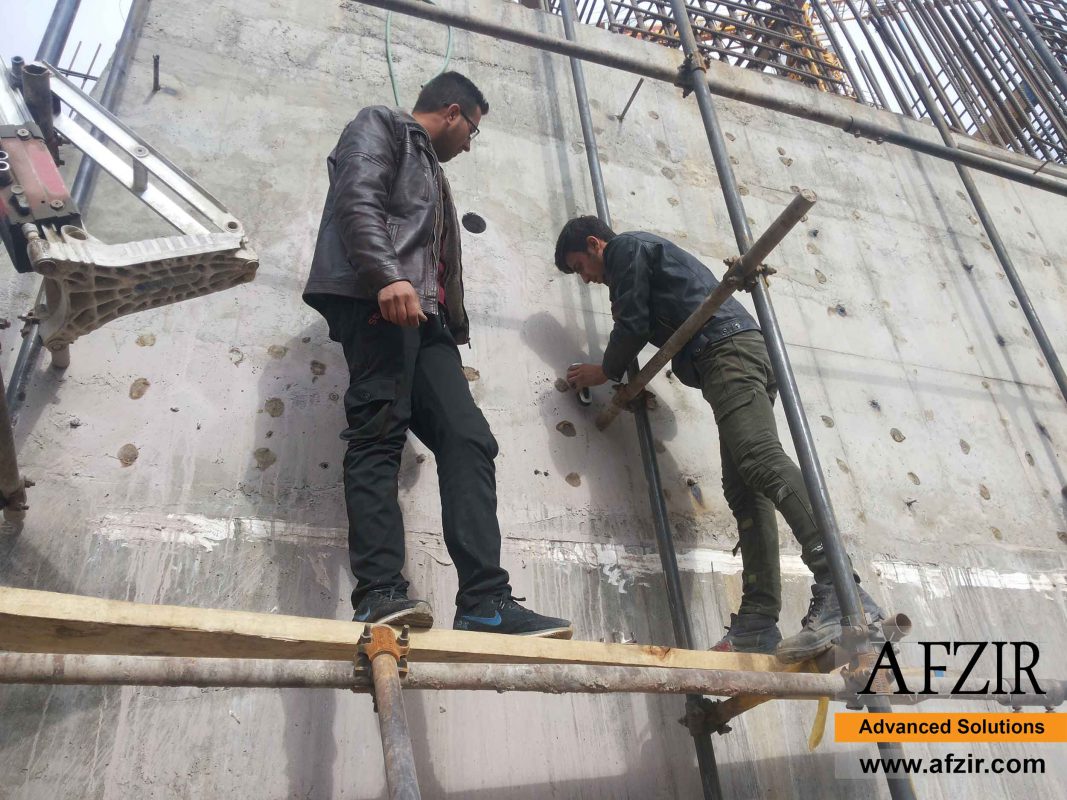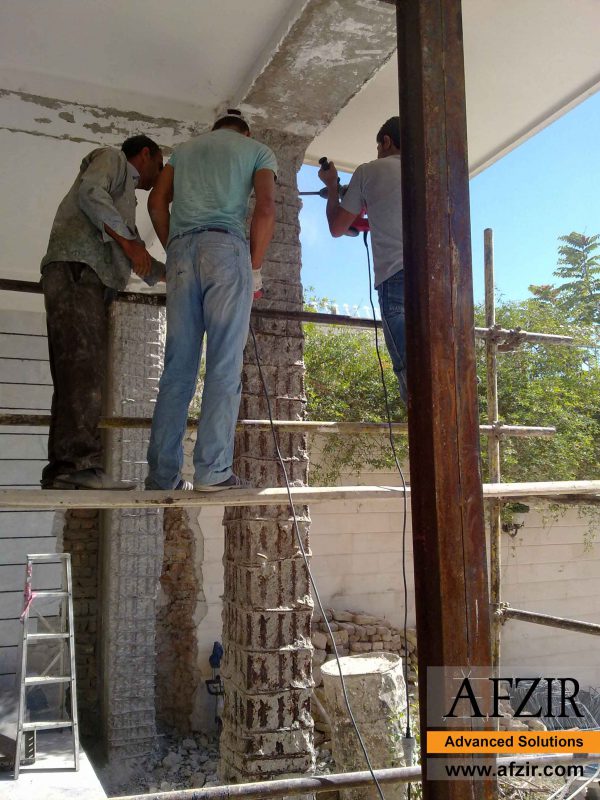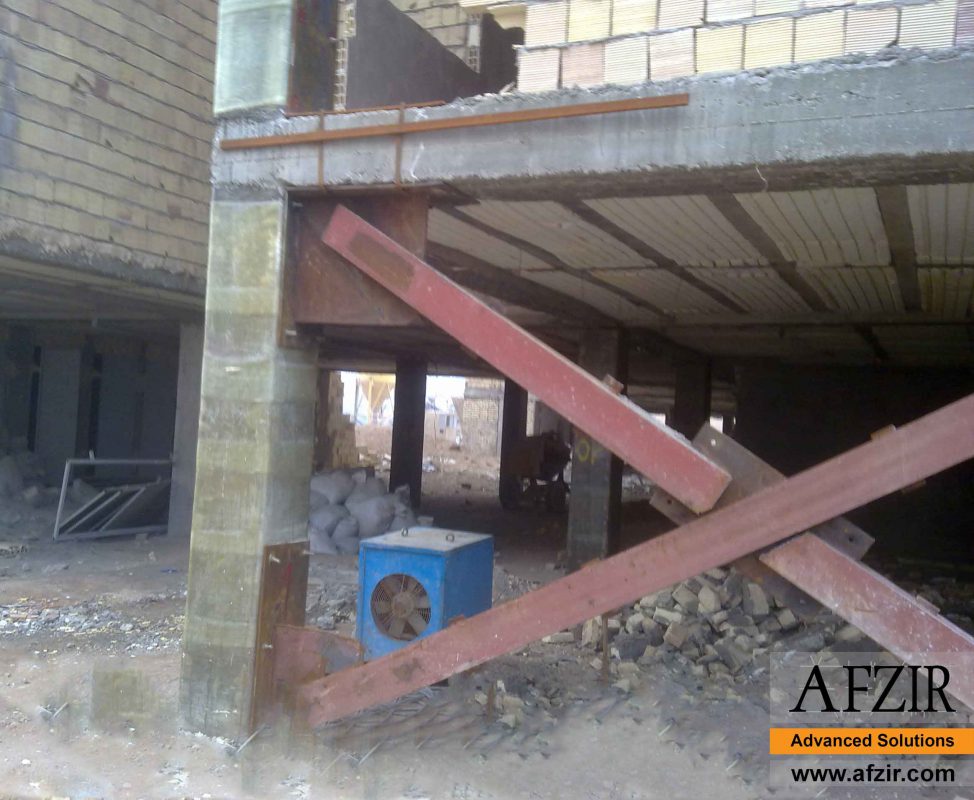Structural Health Monitoring
Nowadays, the methods of detecting and monitoring damage and cracking in structures is the subject of a wide range of ongoing researches due to its importance in structural failures. Instantly, the cause of many structural failures is the rupture of their material. The initiation of these fractures has been accompanied by cracking which, with its expansion, is considered as a serious threat to the behavior of the structure. Accordingly, methods of detecting and monitoring cracks and defects are the subject of numerous studies that have been done so far and are still ongoing. Structural health monitoring is a process for obtaining accurate momentary information from structural conditions and performance. In structural monitoring, damage is defined as changes occurring during the operation of the structure and identifies the damage to all methods and techniques that identify the failure and express the position and severity of the failure . In recent years, with advances in the field of science, remote monitoring methods are used with lasers, fiber optic sensors, remote sensing techniques and image processing techniques. One of the methods for failure detection is dynamic signal processing. During the operation of a structure such as large-sized frames, high-rise buildings and bridges, the local and internal cracks in the structure may increase steadily and eventually lead to collapse of the entire structure. The effect of cracking on the response of the structure is a deviation in local stiffness, which has a significant effect on the dynamic response of the structure. This can be interfered with by changing natural frequencies, and the analysis of these changes makes it possible to detect cracking. Today, building owners need a sense of confidence in their civilian assets. The owners of the towers and buildings want to know if their building is damaged after a vibrational event such as an earthquake or severe wind.






